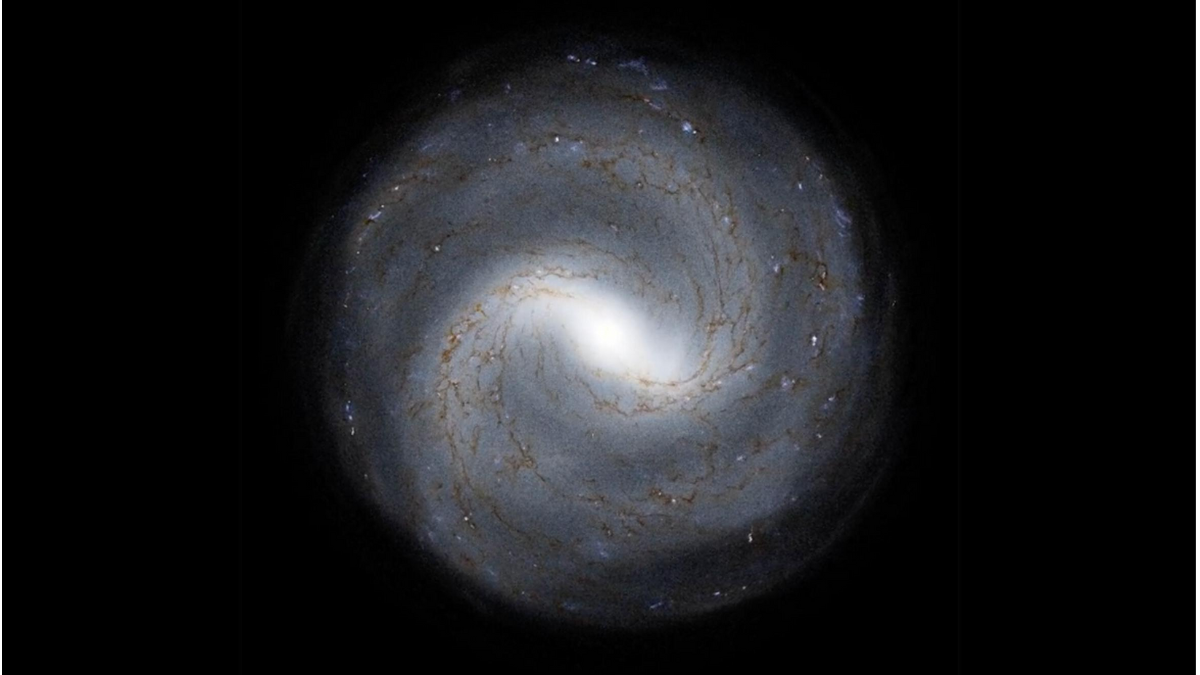Ripples in the Milky Way to reveal how our galaxy developed
Why does the Milky Way ripple and spiral? A research project at the University of Surrey may help find the answer.

Thanks to new funding from the Science and Technology Facilities Council (STFC), Dr Jason Hunt will use detailed new data on the position and motion of over two billion stars to model how our galaxy evolved.
That new data from the European Space Agency's Gaia mission has revealed how stars ripple through space. Dr Hunt hopes to discover the original "pebbles" that cause the ripples.
Dr Hunt will develop new ways to simulate and model the galaxy, explaining how its stars have come to ripple, spiral and form ridges.
The research could help discover the original 'pebbles' that caused these ripples.

One candidate is the Sagittarius dwarf galaxy, which has been merging into the Milky Way for the last 6 billion years or so. Yet other ripples are better explained by something from the heart of the Milky Way itself. Dr Hunt's study hopes to get to the bottom of these puzzles.
The research is made possible thanks to a prestigious 2024 Ernest Rutherford Fellowship, awarded by the STFC, to enable scientists to explore exciting questions in science.
Related sustainable development goals

Media Contacts
External Communications and PR team
Phone: +44 (0)1483 684380 / 688914 / 684378
Email: mediarelations@surrey.ac.uk
Out of hours: +44 (0)7773 479911
